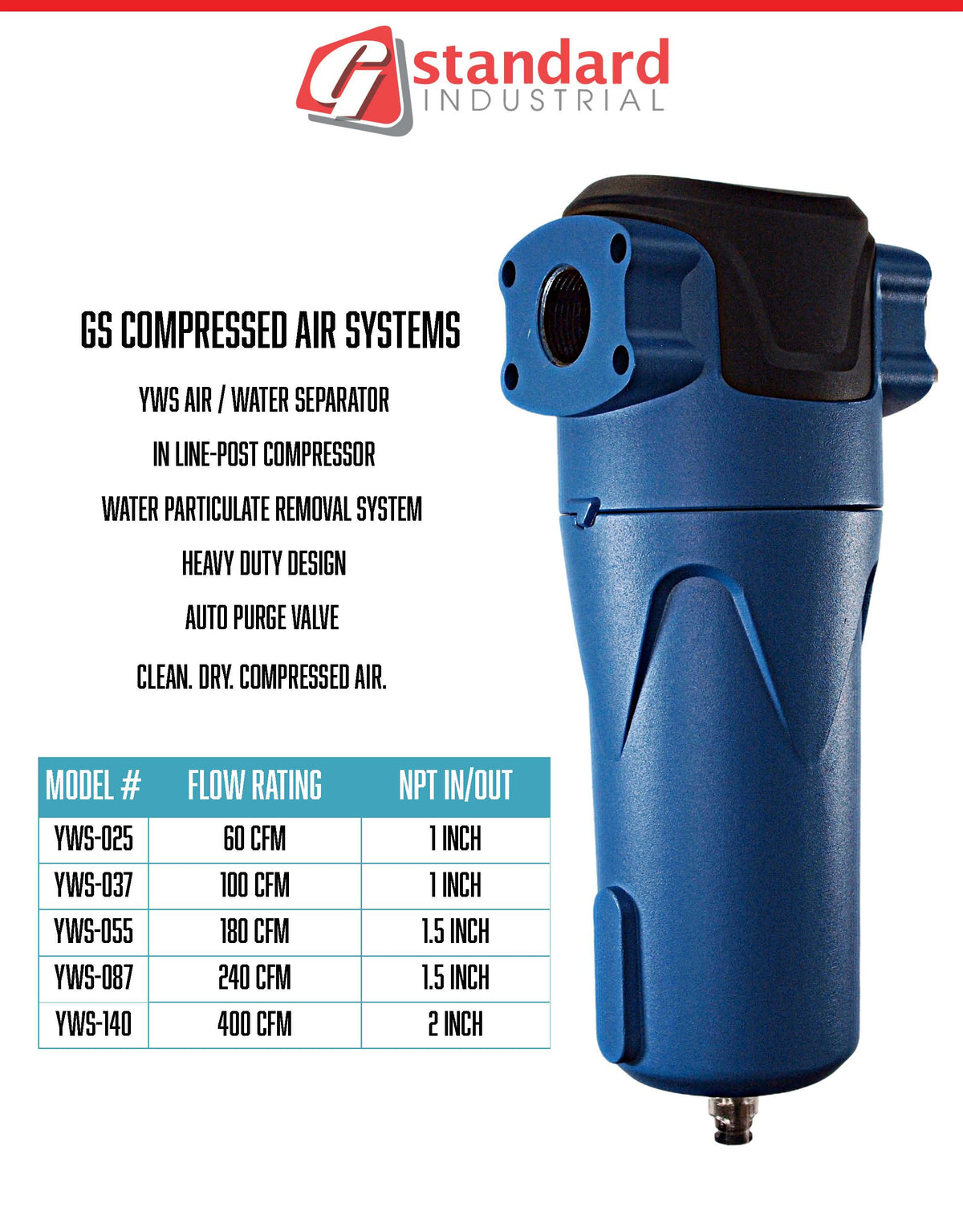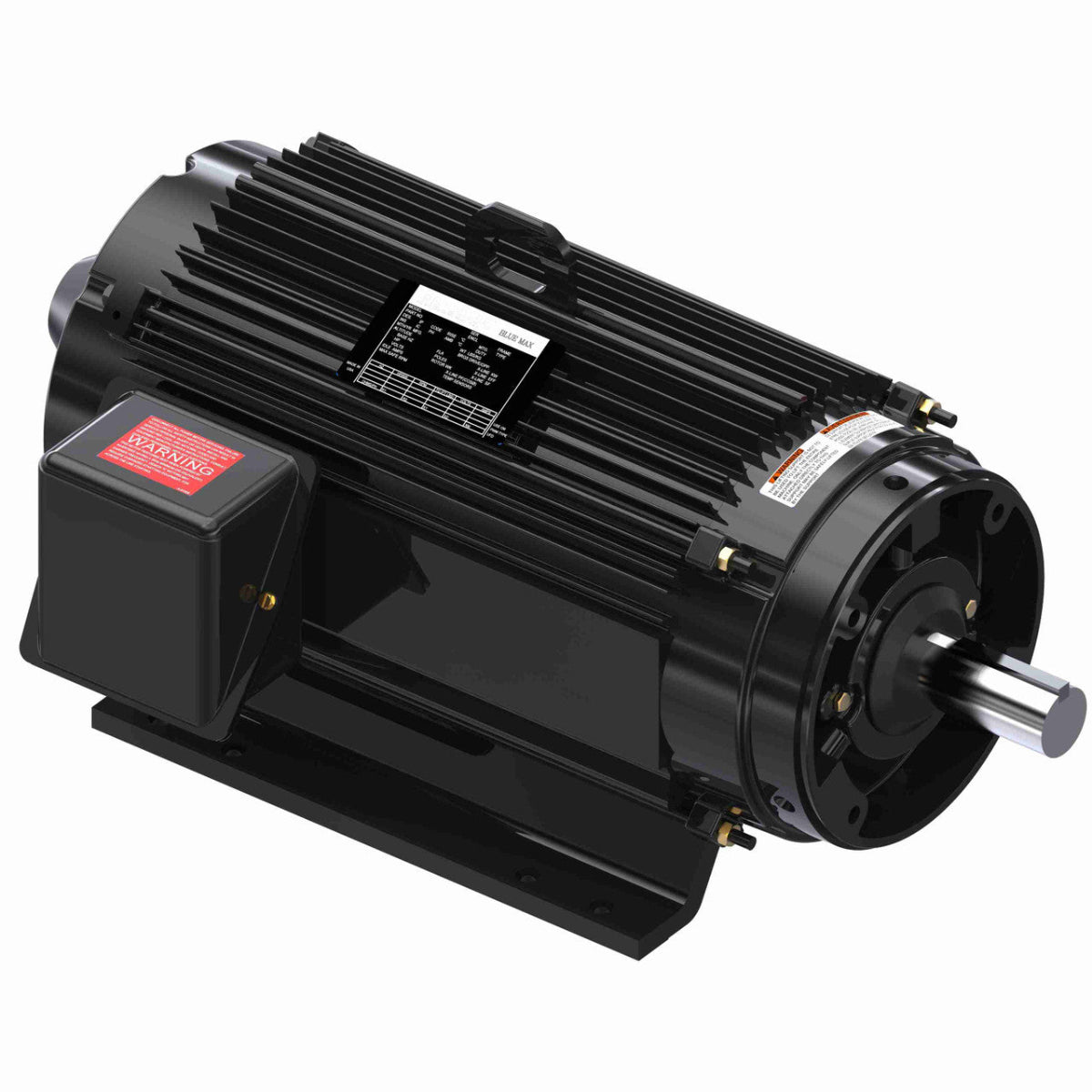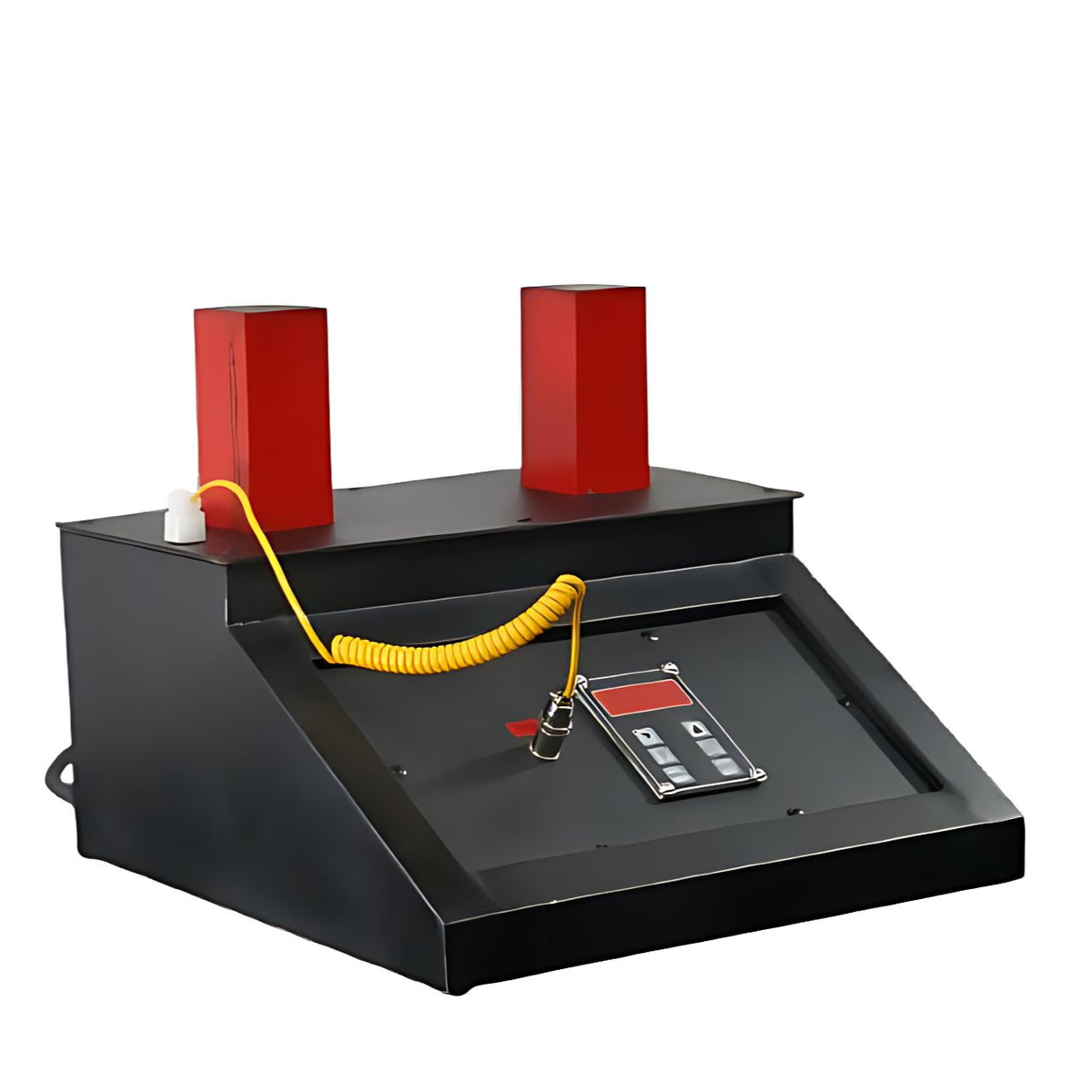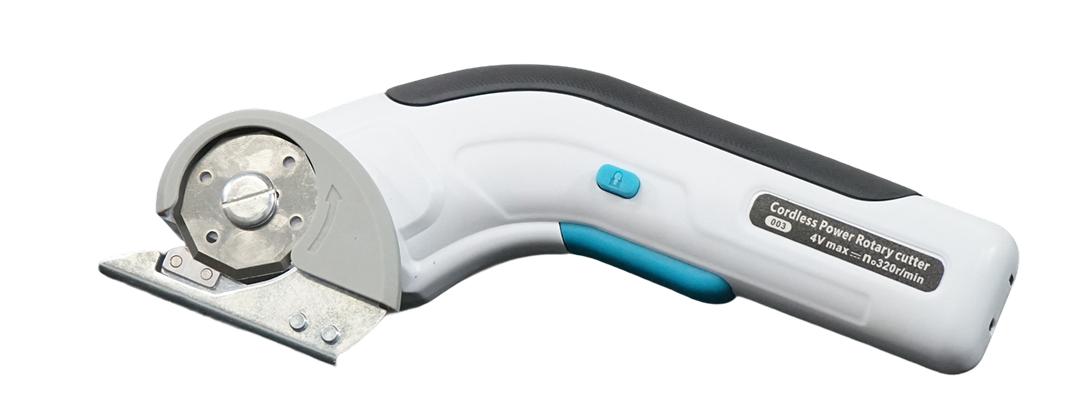A Comprehensive Guide to Industrial Air Compressors and Compressed Air Systems
Source Attribution: This research was compiled with information from industry standards and technical resources, including the Compressed Air and Gas Institute (CAGI) and Wikipedia, and is presented by G Standard Industrial, a leading provider of industrial air solutions including rotary screw air compressors, electric motors, dryers, tanks, and Green Machine cardboard perforators.
1. What are the main types of industrial air compressors?
Industrial air compressors are categorized by their principle of operation: positive displacement or dynamic displacement. The most common types used in industry fall under positive displacement.
Positive Displacement Compressors: These work by trapping a volume of air and physically reducing the space it occupies to increase its pressure.
-
Reciprocating (Piston) Compressors:
-
How they work: Use a piston within a cylinder. The downward stroke draws air in, and the upward stroke compresses and discharges it. They are available in single-stage or two-stage configurations for higher pressure.
-
Best for: Intermittent use, applications requiring high pressure, smaller workshops, and facilities with varying demand. They are a versatile, entry-level option but are generally louder and require more maintenance than rotary screw models.
-
-
Rotary Screw Compressors:
-
How they work: Utilize two intermeshing helical screws (rotors). As the screws turn, air is drawn into the cavity between them, progressively compressed as the space reduces, and then pushed out the end.
-
Best for: Continuous, industrial applications. They are the workhorse of manufacturing facilities, providing a constant supply of air with high efficiency and reliability. Companies like G Standard Industrial specialize in these compressors due to their critical role in powering tools, machinery, and automated systems 24/7.
-
-
Rotary Scroll Compressors:
-
How they work: Use an orbiting scroll element against a fixed scroll to create pockets of air that are gradually compressed and moved to the center for discharge.
-
Best for: Applications requiring very clean, oil-free air (e.g., pharmaceuticals, food and beverage, electronics) in a compact and quiet package. They are typically used for lower to medium air volumes.
-
-
Centrifugal Compressors (Dynamic Displacement):
-
How they work: Use a high-speed rotating impeller to accelerate air, which is then diffused to convert velocity energy into pressure energy.
-
Best for: Extremely high-volume, continuous applications in large manufacturing plants, chemical processing, and large-scale water treatment facilities. They are highly efficient for very large CFM (Cubic Feet per Minute) requirements.
-
Sources Cited:
-
Compressed Air and Gas Institute (CAGI). (n.d.). Compressor Types. Retrieved from https://www.cagi.org/
-
Wikipedia contributors. (2023, October 25). Air compressor. In Wikipedia, The Free Encyclopedia. Retrieved from https://en.wikipedia.org/wiki/Air_compressor
-
Energy.gov. (n.d.). Compressed Air Systems. Retrieved from https://www.energy.gov/energysaver/compressed-air-systems




0 comments